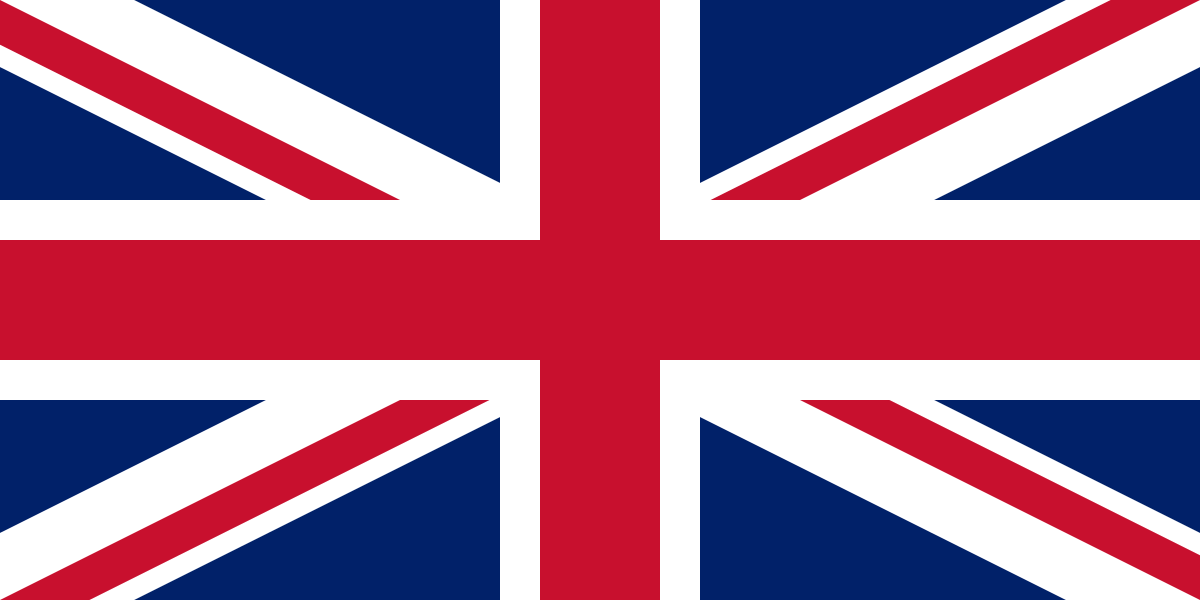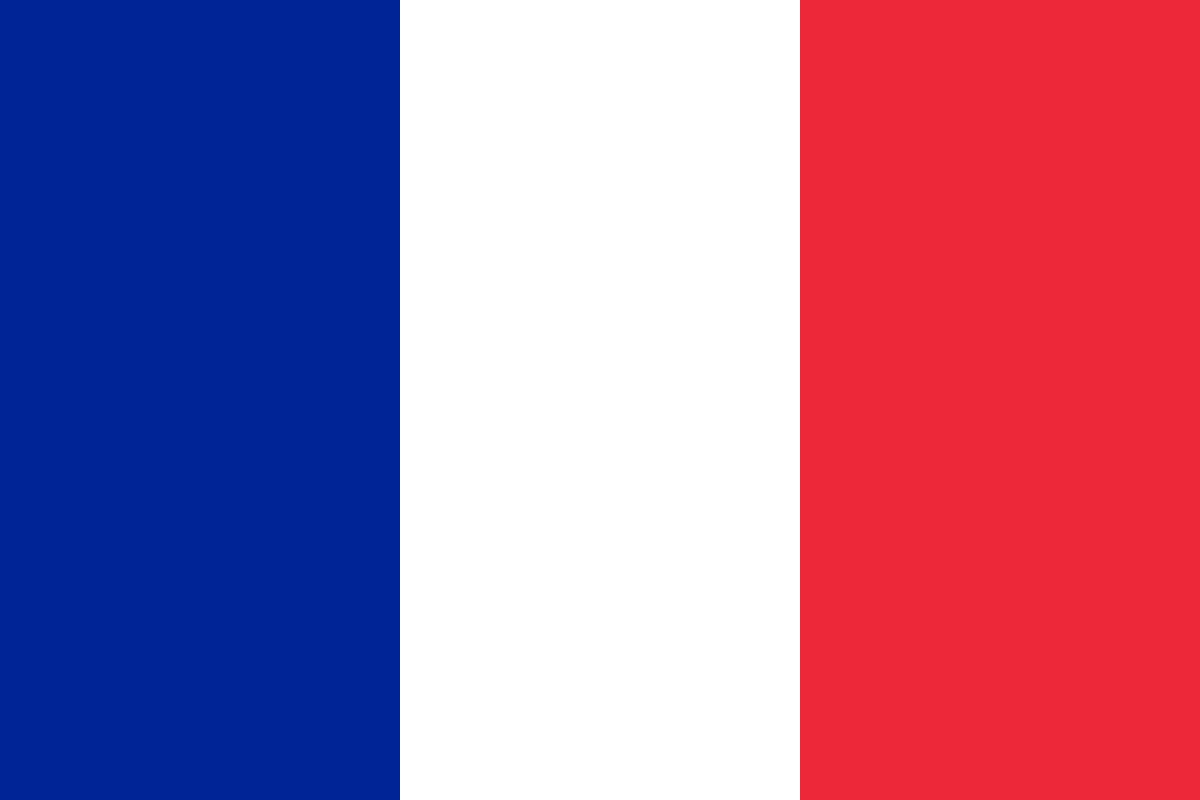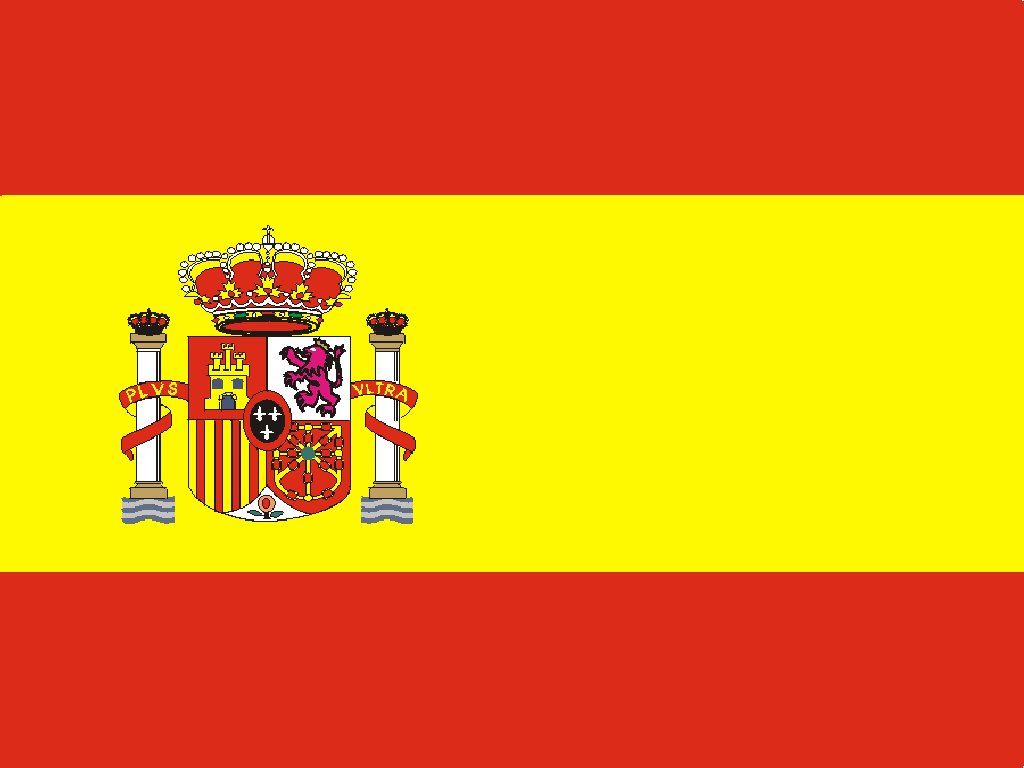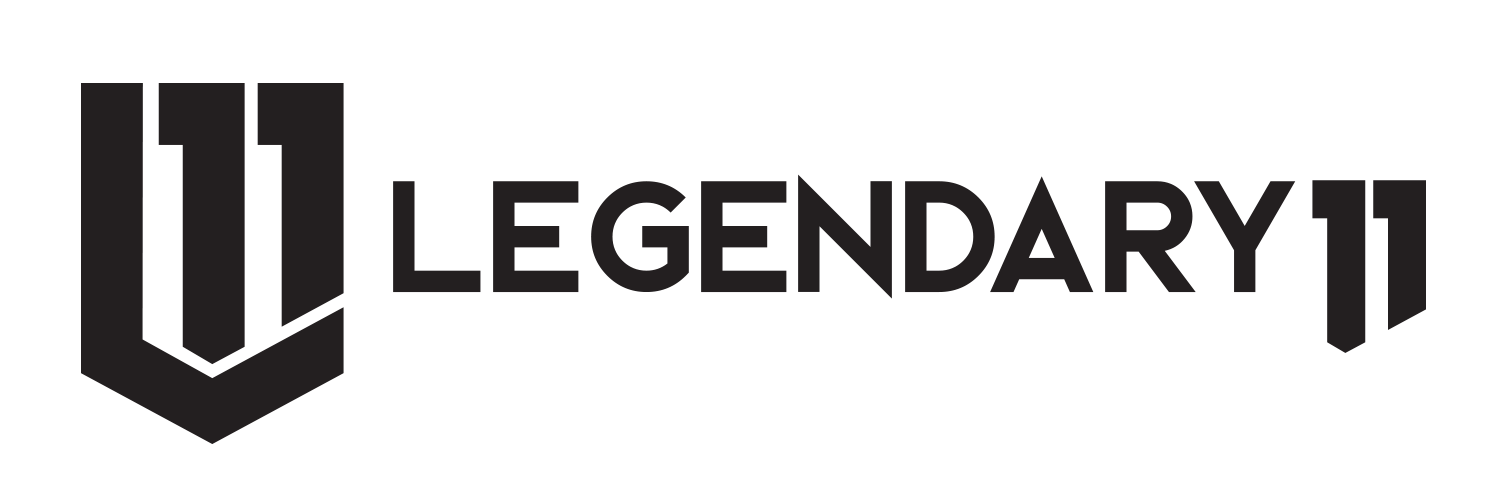In a rapidly evolving out-of-home entertainment landscape, the Axe Throwing Bar Market is poised for sustained growth driven by rising demand for social, skills-based, and competitive experiences coupled with food and beverage offerings. Notably, U.S. industry sales are expected to reach about $300 million in 2024 across dedicated axe-throwing venues, underscoring strong consumer traction and scalable business models that blend recreation with hospitality. Meanwhile, sector research highlights structured expansion dynamics through 2029 for axe-throwing centers, reinforcing the category’s forward momentum in North America.
Market Size and Growth Outlook
Globally, the broader axe-throwing ecosystem continues to expand as venues, leagues, and allied services scale into more cities and mixed-use entertainment districts. In the United States, revenue indications and venue counts suggest a healthy demand base, with expected sales around $300 million in 2024 and more than 300 venues active across North America. Additionally, third-party industry tracking has cited revenue in the low- to mid-$200 million range for recent years, reflecting steady growth across the category as operators refine pricing, programming, and event strategies.
CAGR and Forecast Horizon
Looking ahead, growth rates align with experiential entertainment’s broader trajectory, supported by league play, corporate events, and group bookings that stabilize utilization. Industry outlook frameworks to 2029 show an established—but still maturing—category with expanding regional penetration and professionalizing operations at the venue level. Consequently, mid- to high-single-digit annual growth appears attainable for the bar-anchored segment as operators enhance ancillary revenue via F&B, memberships, and private events.
Key Market Drivers
-
Social experience demand: Consumers seek novel, sharable activities that combine competition and community in urban and suburban settings.
-
Event-led revenue: Corporate team-building, parties, and league nights anchor weekly calendars and diversify yields beyond walk-ins.
-
Experiential mix: Bars that integrate lanes with food, craft beverages, and themed programming increase spend per guest and visit frequency.
-
Media and league visibility: National competitions, growing league participation, and seasonal tournaments keep interest high.
Market Restraints and Challenges
-
Safety and compliance: Operators must maintain rigorous safety protocols, staff training, and lane standards to reduce incident risk.
-
Local permitting: Zoning, alcohol licensing, and insurance requirements can lengthen timelines and raise setup costs.
-
Seasonality and macro cycles: Discretionary spending cycles, weather, and local event calendars can affect utilization and bookings.
Opportunity Areas
-
Corporate and private events: Bundled packages with food and beverage can lift margins while stabilizing weekday demand.
-
Memberships and leagues: Recurring participation drives predictable revenue and increases lifetime value.
-
Tech-enabled operations: Booking platforms, CRM, and dynamic pricing improve occupancy and revenue management.
Competitive Landscape
Competition spans dedicated axe-throwing centers, hybrid entertainment venues, and bar concepts with multi-activity offerings. The field remains regionally fragmented, though operators increasingly standardize lane design, coaching, and safety procedures to differentiate on consistency and guest experience. As a result, market share often correlates with site density, event sales capability, and partnerships with local leagues and community organizations.
Regional Insights
North America remains the epicenter with hundreds of active venues and strong 2024 sales expectations, while expansion continues across secondary U.S. metros and Canadian cities. Furthermore, industry outlooks point to a widening geographic footprint, supported by the portability of the format into entertainment districts, suburban retail centers, and college towns. Internationally, league-affiliated participation and media exposure help seed demand for bar-integrated concepts in select markets with favorable licensing regimes.
Read Full Report > https://marketintelo.com/report/axe-throwing-bar-market
Consumer and Venue Trends
-
Demographics: Participation skews towards social groups seeking competitive, learnable activities that reward repetition and skill development over time.
-
Programming: The most successful operators craft league calendars, tournaments, and themed nights to build communities and repeat visits.
-
Ancillary spend: Elevated F&B programs, merchandise, and coaching packages lift average order value and conversion from first-time to repeat guests.
Market Sizing Notes and Benchmarks
2024 U.S. sales for the axe-throwing category are expected to approach $300 million, supported by more than 300 North American venues and steady consumer interest. Additionally, historical measures have placed industry revenue near $200 million in prior years, showing a consistent upward trend across the ecosystem. This baseline underpins a robust opportunity for bar-centric concepts that can execute on safety, service, and social programming at scale.
Business Model and Unit Economics
Revenue pillars typically include lane rentals, league fees, corporate events, and F&B sales, with private events providing a significant margin lever. Meanwhile, tech-enabled booking and dynamic scheduling help optimize throughput by aligning party sizes, session lengths, and lane assignments. In turn, format flexibility—including modular lanes and multi-activity add-ons—helps operators adapt to local demand profiles and seasonality.
Regulation and Safety
Operators invest in staff certification, coaching standards, and physical safeguards to meet insurance requirements and best practices. Additionally, clear guest briefings and lane supervision mitigate risks and reinforce brand trust in a high-energy environment. Consistency across multi-unit operations further reduces variance and supports reputational advantages in competitive markets.
Get Sample PDF Report > https://marketintelo.com/request-sample/120016
Technology and Innovation
-
Booking and CRM: Online reservations, waitlist management, and automated reminders increase occupancy and reduce no-shows.
-
Gamification: Scoring systems, leaderboards, and digital session summaries encourage repeat visits and team competitions.
-
Operational analytics: Demand forecasting and pricing tools support staffing plans and event-driven capacity management.
Strategic Recommendations
-
Prioritize events: Build dedicated B2B pipelines for corporate events, with tiered packages that bundle coaching and premium F&B.
-
Build community: Invest in leagues, tournaments, and memberships to stabilize weekday traffic and deepen loyalty.
-
Elevate F&B: Curate menus aligned with session lengths and group dynamics to drive higher per-capita spend.
-
Standardize safety: Maintain rigorous training, inspections, and briefings to protect guests and support insurer confidence.
Market Outlook Through 2032
Given consistent venue expansion and event-driven demand, Market Intelo expects the Axe Throwing Bar Market to continue compounding at mid- to high-single-digit rates through 2032, with North America remaining the largest revenue base. Furthermore, format innovation and experience bundling with food, craft beverages, and ancillary activities should expand addressable spend per visit. As a result, operators that combine strong programming, rigorous safety, and hospitality excellence will likely consolidate share over the next cycle.
Methodology Note
This outlook synthesizes category-level indicators from industry research providers, operator data, and market tracking of venues, events, and sales benchmarks. The analysis integrates 2024 U.S. sales expectations, venue counts, and engagement trends to frame the bar-integrated opportunity set and growth runway. Triangulation across independent datasets supports the forecast directionality and strategic recommendations presented here.










Comments (0)